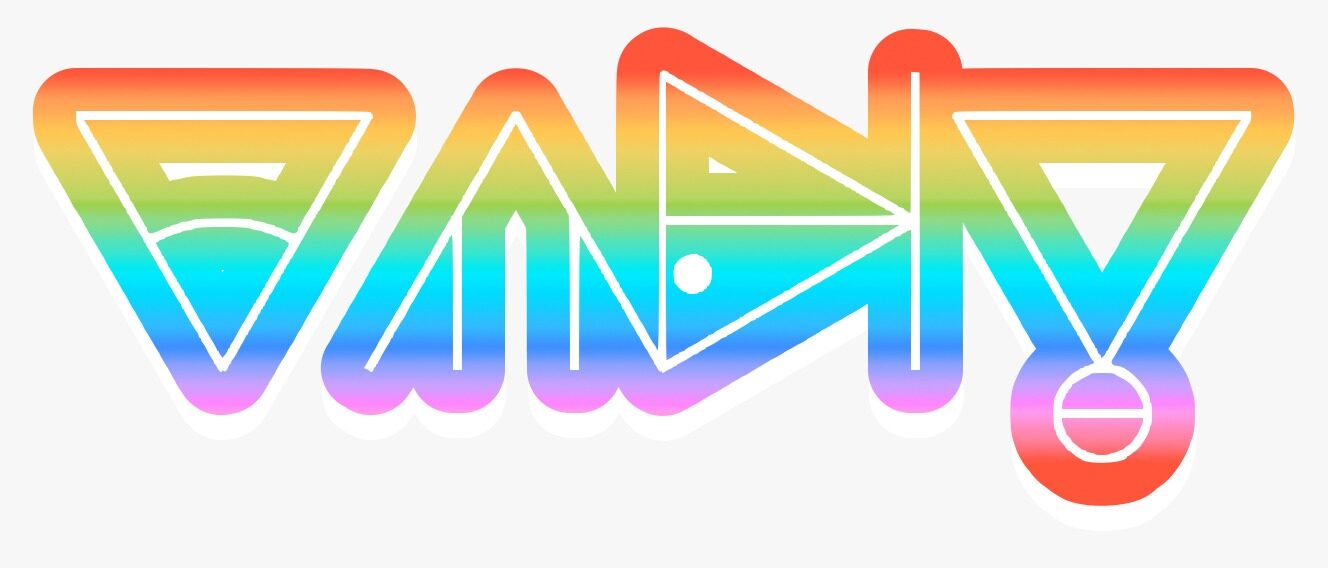Vowels (Onkamisa)
The vowel graphemes form the basis of each ibheqe or syllable block, as the nucleus of each syllable, with the ongwaqa or consonant graphemes positioned in and around them.
The apex of the triangle or chevron corresponds to vowel height or frontedness, with high vowels /i/ and /u/ pointing upwards and the low vowel /a/ pointing downwards. Likewise, the front vowels /ɛ/ and /e/ point leftwards and the back vowels /ɔ/ and /o/ point rightwards.
The direction of each ibheqe indicates the vowel, with up to seven possible:
Intombi, the upward-facing triangle: /i/
Isoka, the downward-facing triangle: /a/
Umkhonto, the upward-facing chevron: /u/
Iphambili, the leftward-facing triangle: /ɛ/
Imuva, the rightward-facing triangle: /ɔ/
The leftward-facing chevron: /e/ or /ɪ/, depending on the language
The rightward-facing chevron: /o/ or /ʊ/
There is an eighth “vowel” represented by the downward-facing chevron, which is the null vowel, transcribed /∅/ in the table below. This is mostly used for foreign words to represent a non-syllabic consonant without a following vowel, often as a syllable coda, which does not occur in siNtu languages.
| /i/ | /e/~/ɪ/ | /ɛ/ | /a/ | /ɔ/ | /o/~/ʊ/ | /u/ | /∅/ |
|---|---|---|---|---|---|---|---|
 |
 |
 |
 |
 |
 |
 |
 |
Vowel nasality is indicated with the ingungwanyana, a solid dot placed at the apex of the triangle but separated from it.
Here is an example of use, differentiating the how the word for below is said and written in Zunda languages (with a circle for a prenasalized consonant) and Tekela languages (with the ingungwanyana):
| English | Zunda | Tekela |
|---|---|---|
| Down/Below | Phantsi /pʰaː.ntsʼi/ |
Phãsi /pʰãː.si/ |
 The ingungwanyana diacritic, in its usual and (in grey) alternative position. |
 |
 |
In the case the syllable has a nasal consonant, which occupies the same location, the ingungwanyana can instead be placed on the opposite side of the triangle.
